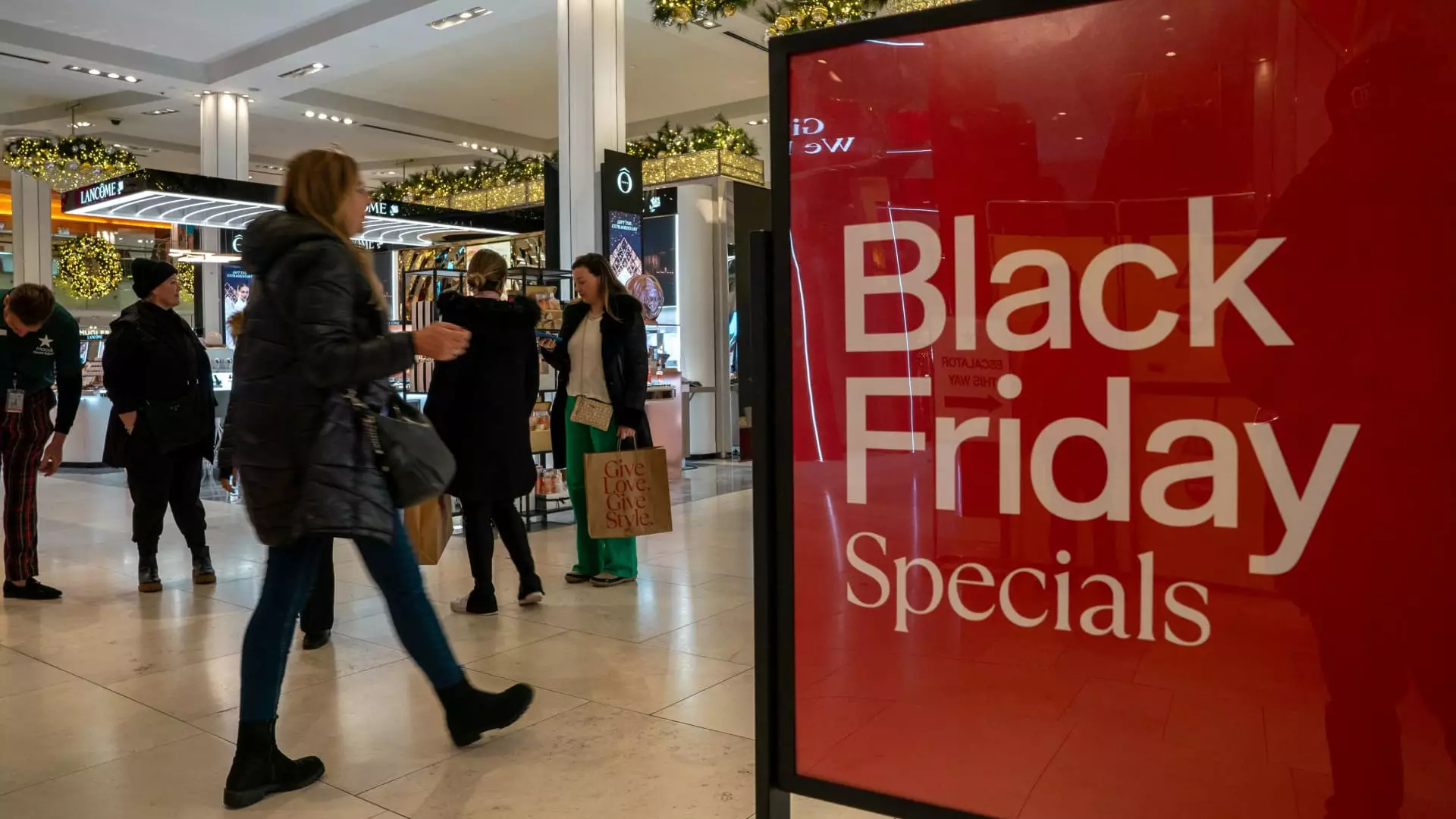Impulse spending is a pervasive issue that affects consumers of all backgrounds. It often leads to regret, accumulation of debt, and a perpetual cycle of financial distress. With the holiday shopping season approaching, many people find it challenging to navigate the barrage of enticing sales and promotional offers. However, consumer savings experts are advocating for a new approach: slow shopping. This method encourages individuals to take a step back and thoughtfully consider their purchases, thereby promoting healthier financial habits.
Slow shopping emphasizes the importance of deliberation in purchasing decisions. Andrea Woroch, a consumer savings expert, highlights that by allowing oneself to process emotions and assess the necessity of an item, shoppers are less likely to succumb to impulsive buys. In a world where immediacy often dictates behavior, taking the time to evaluate desires can lead to more rational decisions.
The principle is simple: pause before purchasing. This pause not only helps consumers resist the allure of an immediate deal but also sets the stage for smarter spending. When individuals have time to reflect, they can differentiate between genuine needs and momentary wants, ultimately making purchases that align more closely with their long-term financial goals.
Indeed, one of the main advantages of slow shopping is the potential for strategic timing. By waiting, consumers can take advantage of sales or price drops that may not be immediately apparent. Tools designed for price tracking, such as CamelCamelCamel and Keepa, empower shoppers to monitor price fluctuations over time. This approach not only conserves money but also cultivates a mindset of patience and resilience against the rush of consumerism.
Moreover, slow shopping makes it possible for consumers to save for larger, more significant purchases. Instead of hastily buying on credit, taking time to save allows for a more straightforward cash transaction, free of interest and the related burden of debt. As the trend of consumer behavior shifts toward more mindful practices, slow shopping has found a place among many as a preferred method for making purchases during the bustling holiday season.
Recent surveys indicate a noticeable shift in consumer behavior as slow shopping gains popularity. According to research conducted by Affirm, 73% of respondents claimed to have integrated slow shopping into their holiday routines. Many people are starting earlier, taking their time, and being more selective about what they plan to buy. This shift is not just an emotional response to previous overspending; it’s a proactive strategy to reclaim control over personal finances, especially as average spending expectations inch toward $1,778 this holiday season.
Furthermore, with credit card debt reaching alarming heights, the urgency to adopt slow shopping practices becomes even more pronounced. By concentrating on thoughtful purchases rather than spontaneous ones, consumers are poised to make budget-conscious decisions that shield them from incurring more debt during the already costly holiday period.
While many consumers are striving to adopt slow shopping, the omnipresence of sale promotions and social media campaigns remains a challenge. Retailers heavily market their discounts, leading to overwhelming temptation for shoppers, especially during the holidays. Experian’s Rod Griffin notes that the visibility of “big red sales signs” can exacerbate impulse buying behavior. Last year, over half of adults admitted to making at least one impulsive purchase during the holiday season, often motivated by the perception of a “good deal.”
As society becomes increasingly influenced by social media, the pressure to conform to trends and stock up on perceived ‘must-have’ items may blur the line between need and want. However, as one-third of surveyed shoppers hinted at planning to spend less than previous seasons, there is hope that more individuals will embrace the principles of restraint and planned expenditure.
With the stakes higher than ever due to unprecedented levels of consumer debt, establishing a concrete holiday spending plan is essential. The experts recommend mindful strategies: create a shopping list, set a budget, and stick to it. Doing so not only curtails impulse purchases but also paves the way for disciplined financial behavior.
Setting funds aside in a dedicated holiday budget can alleviate the anxiety associated with overspending. When shoppers earmark a specific amount for holiday expenses, they can enjoy the festivities without the looming dread of credit card bills in January.
As the concept of slow shopping continues to permeate consumer culture, it serves as a reminder of the importance of mindfulness in financial decisions. By taking a step back, individuals can foster a healthier relationship with spending, particularly during high-pressure periods like the holidays. By integrating strategies for planning purchases, timing sales, and focusing on conscious consumerism, shoppers can approach the season of giving with clarity and confidence, ultimately leading to more fulfilling and sustainable financial habits.

